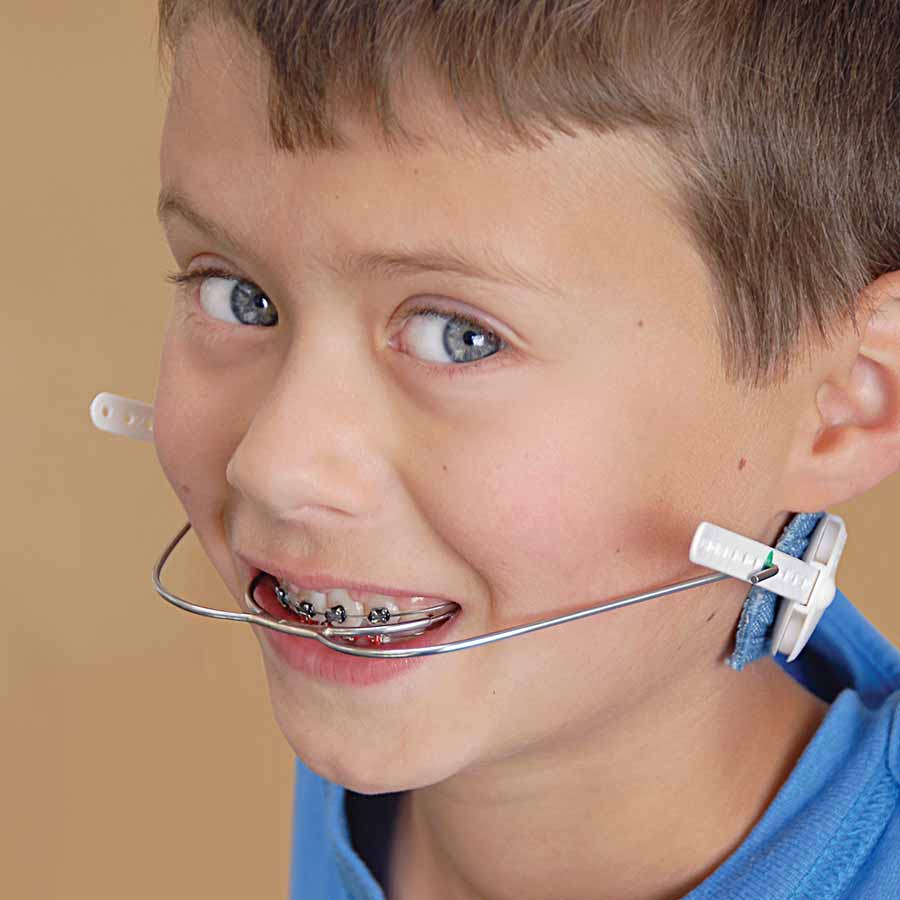Comprehensive Guide to Orthodontics Treatments for Dealing With Oral Misalignments
In the world of orthodontics, the trip to attaining a completely lined up smile includes a myriad of treatments customized to fix dental misalignments. From traditional dental braces to unnoticeable aligners and also medical alternatives, the area of orthodontics uses an array of services to address differing degrees of oral abnormalities. Comprehending the intricacies of each procedure, including their systems, advantages, and possible disadvantages, is vital in making educated choices about one's orthodontic therapy. As we browse via the detailed overview to orthodontic procedures for fixing oral misalignments, the elaborate details of each technique will unravel, clarifying the course towards a useful and harmonious oral positioning.
Orthodontic Procedures Review

Along with clear aligners and traditional dental braces, orthodontists might additionally suggest other interventions like headwear, palatal expanders, or retainers to attend to particular alignment problems (cumming aligners). These procedures are customized to each client's unique demands and might include a combination of therapies to accomplish the preferred results. Normal changes and tracking are essential parts of orthodontic therapy to ensure progress gets on track and to make any kind of required adjustments along the road. By undergoing orthodontic procedures, patients can not only accomplish a straighter smile yet additionally enhance their total oral wellness and feature.
Traditional Dental Braces: Exactly How They Function
When thinking about orthodontic treatments for dental misalignments, typical dental braces stick out as a tried and true technique for fixing teeth positioning. Conventional dental braces include braces, cables, and bands that collaborate to use constant pressure on the teeth, gradually moving them into the preferred alignment. The braces are connected to the teeth making use of a special adhesive, and the wires are threaded via the brackets. By adjusting the tension of the cords, orthodontists can manage the instructions and force put on each tooth, leading them into appropriate alignment over time.
One key facet of just how traditional dental braces work is the procedure of bone remodeling. As pressure is used to the teeth via the braces, the bone bordering the teeth is reshaped to sustain the brand-new tooth positions. This improvement is important for the long-lasting security of the corrected positioning. People will need regular modifications at the orthodontist's office to ensure the dental braces remain to apply the appropriate pressure for efficient teeth activity.
Invisible Aligners: Pros and Disadvantages
Undetectable aligners offer a convenient and very discreet alternative to conventional dental braces for remedying oral imbalances. These clear, personalized trays are practically unseen when put on, making them an appealing alternative for people looking for a much more visually pleasing orthodontic therapy. One of the key benefits of undetectable aligners is their removability, enabling for much easier maintenance of oral health contrasted to typical braces. webpage Individuals can get rid of the aligners prior to eating or brushing their teeth, lowering the risk of food getting stuck in the appliance and streamlining the cleansing process.

Surgical Orthodontic Options
Surgical interventions in orthodontics existing viable options for dealing with complicated dental misalignments that might not be effectively settled via standard orthodontic treatments. While undetectable aligners and typical braces can fix lots of orthodontic problems, specific cases require surgical treatment to accomplish optimum outcomes. Surgical orthodontic choices are typically advised for extreme malocclusions, considerable jaw disparities, and instances where the underlying bone structure requires alteration to accomplish appropriate positioning.
One usual medical orthodontic treatment is orthognathic surgical procedure, which involves rearranging the jaws to remedy practical issues such as problem talking or eating. This surgery is often carried out in cooperation with an orthodontist who aids straighten the teeth before and after the treatment. Surgical orthodontics might also include procedures to reveal influenced teeth, eliminate excess gum tissue, or improve the jawbone to create an extra harmonious face profile.
Prior to considering medical orthodontic choices, patients go through a comprehensive analysis to identify the need and prospective advantages of such interventions. braces. While surgical procedure may appear difficult, it can significantly enhance both the feature and visual appeals of the smile in instances where traditional orthodontic therapies fail
Retainers and Post-Treatment Care

Post-treatment care includes complying with the orthodontist's guidelines diligently. This may consist of correct dental hygiene practices, going to follow-up visits, and putting on the retainers as suggested. Failure to abide by post-treatment care directions can cause regression, where the teeth progressively relocate back towards their original positions. Regular retainer wear, excellent oral hygiene, and routine dental check-ups are necessary for keeping the outcomes accomplished through orthodontic surgical treatment and making certain the lasting security of the fixed dental placement.
Verdict
To conclude, orthodontic procedures offer numerous choices for fixing oral misalignments. Typical dental braces use metal brackets and cables to shift teeth right into appropriate alignment. Unnoticeable aligners give a more discreet choice but might not be suitable for all cases. Surgical orthodontic options are available for much more serious imbalances. Retainers are typically used post-treatment to keep the new placement. Generally, orthodontic treatments can effectively improve oral health and aesthetic look.
As we navigate with the extensive overview to orthodontic read the article treatments for fixing oral imbalances, the elaborate details of each method will unfold, shedding light on the course toward a functional and harmonious oral alignment. - braces
One of the most typical orthodontic treatments is the usage of dental braces, which are composed of metal brackets and cables that apply mild stress to gradually change teeth into the desired setting.When thinking about orthodontic treatments for dental imbalances, standard braces stand out as a time-tested method for correcting teeth positioning. Additionally, unnoticeable aligners might not be ideal for complicated orthodontic concerns that require more substantial teeth movement, as they are generally advised for moderate to modest cases. Retainers are personalized orthodontic tools designed to hold teeth in their dealt with settings after the conclusion of orthodontic treatment.